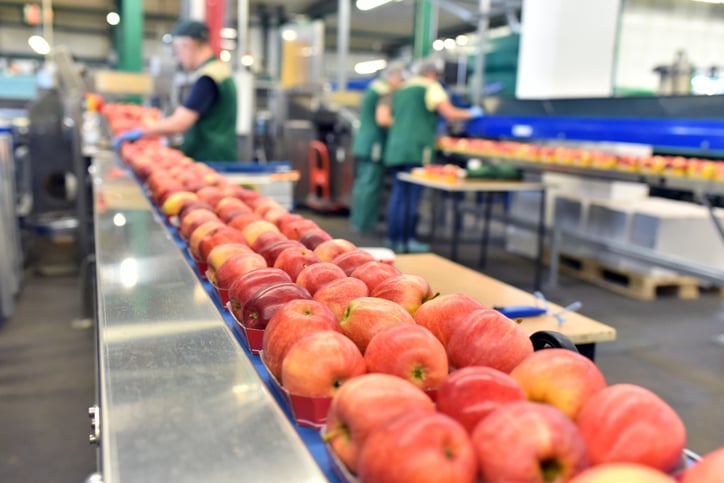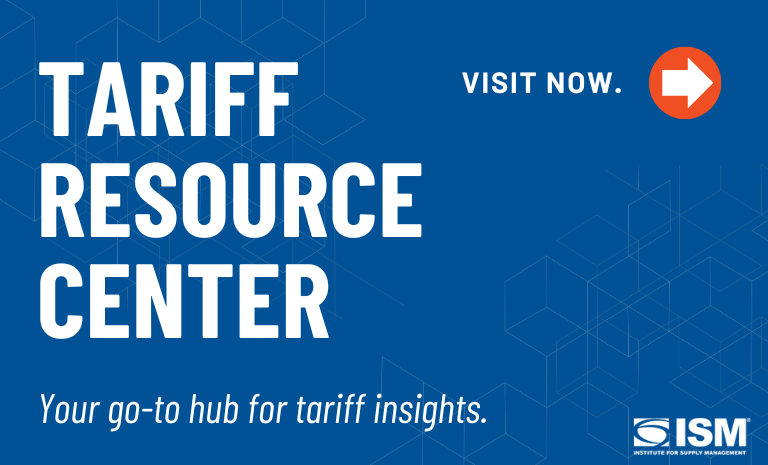Improving the Food Supply Chain Through Recalls, Traceability and Regulation

In early October, several types of pasta salad from certain groceries were recalled due to potential listeria monocytogenes contamination. In addition to contamination, foods are recalled for a variety of other reasons including undeclared allergens and mislabeling.
GS1 US, a not-for-profit, global data standards organization based in Ewing Township, New Jersey, commissioned a consumer survey that found that while 93 percent of Americans are concerned about the frequency about food recalls, 85 percent say they are effective in protecting public health and safety.
Recalls demonstrate how today’s food safety systems are working, says Melanie Nuce-Hilton, senior vice president at GS1 US. Traceability is key in the food supply chain, and new regulations will make a difference, she says.
The U.S. Food and Drug Administration’s (FDA) is implementing a new rule, set to take effect in July 2028, under the Food Safety Modernization Act (FSMA). Under Rule 204, companies handling certain high-risk foods on the Food Traceability List (FTL, like leafy greens and fresh-cut fruit, will need to maintain traceability records from farm to store that can be shared with the FDA within 24 hours.
Among other findings of the study:
- Three out of five (60 percent) of respondents say they have avoided an entire food category, such as lettuce, following a recall
- Fifty-nine percent report hesitancy to purchase the same product or brand again after a food recall, behavior that is especially evident among millennials (65 percent) and Generation Z (64 percent), compared to baby boomers (53 percent).
Nuce-Hilton discussed the survey, traceability and more with Inside Supply Management®:
Question: What survey results stood out?
Answer: What struck me most was the tension in consumer attitudes. Our survey found that 93 percent of U.S. adults are concerned about how frequently recalls occur, yet 85 percent simultaneously believe recalls are effective at protecting health.
That duality is telling: It reveals a baseline of consumer anxiety but also an underlying trust in the corrective mechanisms of the food system. To me, that speaks volumes about where the industry is today.
Industry has made tremendous strides in detecting risks and acting quickly, but we still have work to do. Consumers want safety, transparency and confidence. Recalls reassure them that the system works, but they also illustrate how critical it is to explain why they’re happening, what’s being done, and how consumers can protect themselves.
Q: Have those results changed over time?
A: This is GS1 US’s first national survey of its kind, so we can’t compare data points year over year. But we can look at the evolution of recall practices.
Decades ago, recalls were blunt instruments — broad in scope and slow to execute. Today, advances in science and technology, combined with global data standards, have made recalls faster and more targeted. Companies can now isolate affected products to specific batches, suppliers or even growing regions.
What hasn’t changed is the sense of disruption recalls create for consumers and industry. Social media and 24-hour news cycles amplify every incident, so even as recalls have become more precise, they feel more frequent. That perception gap as well as continued advancements in recall processes are important challenges for the industry to address.
Q: What do these results mean to the food industry’s push for health and safety and to consumers?
A: The concern about frequency is natural, but it should not be mistaken for a sign of declining food safety. What it really reflects is a system that is identifying risks earlier and acting faster.
The industry’s focus now is on strengthening that responsiveness and making it more precise. Regulation (FSMA Rule 204) will accelerate this trend. To make this possible, the rule relies on recording key data elements (KDEs) at critical tracking events (CTEs) — the who, what, when, where and why of a product’s journey.
Using a single, global system of supply chain standards ensures trading partners can capture those data points in the same way, exchange them seamlessly, and act on them quickly. That shift will drive a new level of transparency and responsiveness in food safety — giving consumers greater confidence that the system is working as intended.
Q: Why is transparency important?
A: Transparency, built on a foundation of traceability, is what transforms recalls from crises of confusion into opportunities for trust. Effective recall communication requires a common language that everyone — from manufacturers to consumers — can understand. Without this, our survey shows the consequences are broad: 60 percent of people avoid entire categories like lettuce, and 57 percent discard food even if their region wasn’t affected, out of an abundance of caution.
This consumer-facing transparency is possible only with a technical foundation of standardized data. Supply chains rely on global standards — including the UPC barcode for product identification, along with batch/lot information for traceability — to pinpoint affected items and share accurate data across all partners.
This common language is what enables clear communication and swift action. With FSMA Rule 204, this standardized data exchange is shifting from an advantage to a necessity, creating a more transparent, trustworthy and resilient food supply chain.
Q: What impacts do recalls have on supply chains and consumers?
A: Recalls create a dual challenge: eroding consumer confidence and straining supply chain operations. Beyond the immediate logistical disruption, the long-term brand damage is real — 59 percent of consumers are reluctant to rebuy a recalled product. This consumer caution creates a powerful business case for investing in stronger traceability across the supply chain.
The response involves a collective effort. For example, suppliers enhancing their data capabilities, and brands leveraging standards like unique product identifiers to provide precise, actionable information. The throughline is a shift towards a common language of data to make recalls more precise and less disruptive. By containing incidents faster, industry can protect public health, minimize costly waste and safeguard the foundation of trust in products.
***
As FSMA Rule 204 establishes a new baseline for traceability, the 24-hour data requirement will elevate expectations for speed, accuracy and collaboration across the food system.
“The path forward is built on a foundation of global standards,” Nuce-Hilton says. “By embracing transparent data exchange now up and down the supply chain, companies do more than prepare for compliance — they future-proof their operations and demonstrate a commitment to consumer safety that turns a potential crisis into an opportunity to reinforce trust,” she says.

